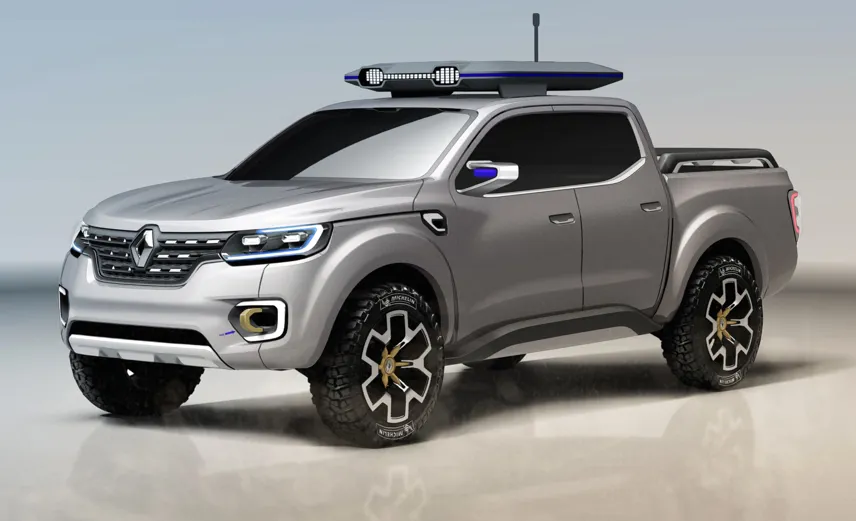Review
Just last month, Fiat’s European van chief Domenico Gostoli told Commercial Fleet about his vision of the company at the head of the global sales charts.
This month, Renault’s worldwide LCV chief Ashwani Gupta explained how he planned to take the marque from being a regional to a global player, although he carefully avoided any mention of actual world domination.
One way Renault plans to expand its global portfolio is with the launch of its first ever four-wheel drive pick-up, which was revealed in Paris in September.
The truck – which will essentially be a reworked Nissan Navara – will go on sale in South American in the second quarter of 2016, although details are sketchy and as yet there is no news as to when it will arrive on UK shores.
But in an exclusive interview with Commercial Fleet, Gupta was upfront on his ambitions for the marque.
He said: “The 4x4 sector makes up some 38% of the global LCV market so it makes sense that we should sell such a vehicle. At present we are not a player in the whole market so are really a regional player – but with this truck we will be a global player.”
At present Renault does not sell any vans in North America, which is the biggest automotive market in the world. So, did these global ambitions mean Renault would now enter the States?
“We have no plans to do this at present,” Gupta told us. “We have the products, but no network and no customer experience in the USA.”
One method of entering the US market would be to sell Renault’s vans rebadged as Nissans, which already happens in the UK (Renault has a controlling stake in the Japanese company), but once again Gupta said there were no plans to do this.
Renault does have some significant tie-ups with other manufacturers, however. The Vauxhall Vivaro is basically a rebadged Renault Trafic, the Mercedes-Benz Citan is a rebadged Renault Kangoo and next year the new Fiat Scudo will also be a rebadged Trafic. Renault also owns Dacia, which has just launched its first ever van, the Duster Commercial, while a small truck called the Oroch, based on the Duster, is sold in South America.
At the launch, there were certainly more questions than answers and it was frustrating that, so near launch date, very little was confirmed.
Even the name hasn’t been decided yet, according to Gupta. It was called the Alaskan at the launch but he admitted that he was looking to potential buyers and even the commercial vehicle press to give opinions before a final decision was made.
Asked if the Alaskan would be powered by Renault or Nissan engines, once again Gupta’s response was that a decision had not yet been made.
The lack of information was doubly frustrating as Nissan has already revealed full details of its new Navara. As this fresh contender will sport a 2.3-litre dCi Renault engine with 160hp and 190hp on tap, we can assume that the Alaskan will follow suit.
Will the Alaskan be available as a single-cab variant as well as a double-cab? Once more, Gupta said no decision had yet been made, but the offerings available in each country would be decided separately.
The Alaskan will be built in Mexico, Argentina and Barcelona and the first models will be sold in South America, so it could be some time before European variants appear.
Another way Renault is planning to boost sales is by upping the ante at its Pro+ centres, which offer special services for fleets such as extending opening hours and specialist knowledge among sales staff.
Renault plans to open Pro+ centres in countries where it doesn’t currently have a presence and also to sharpen up what is on offer in the UK.
















